Whoever coined the term supercharger should be very pleased with themselves, because there’s nothing quite like adding a device to your car that sounds exciting before you’ve even strapped it to an engine.
The first compressors were used in static applications, but the likes of Gottlieb Daimler and Louis Renault explored their potential in combustion vehicles in the late 1800s and early 1900s respectively. Supercharging really took off in the 1920s with Mercedes-Benz, and literally took off in the Second World War as a technological arms race saw warplanes fitted with superchargers for huge increases in power.

Today ‘supercharger’ refers to a mechanically-driven air pump, rather than turbocharging (originally called ‘turbosupercharging’, incidentally) which uses exhaust gases to spin a turbine and compressor wheel.
Modern superchargers are typically driven by belts, gears or chains off the engine’s crankshaft, drawing some of the engine’s power to run but providing a strong and linear increase in power throughout the engine’s rev range. More recently some manufacturers have explored electric supercharging, using a high-voltage electrical system to spin a turbine in an instant, primarily to benefit low-end torque.
Supercharging has a long and distinguished history then. Here are some of our favourite supercharged classics from across the decades.
Mercedes SSK (1928)
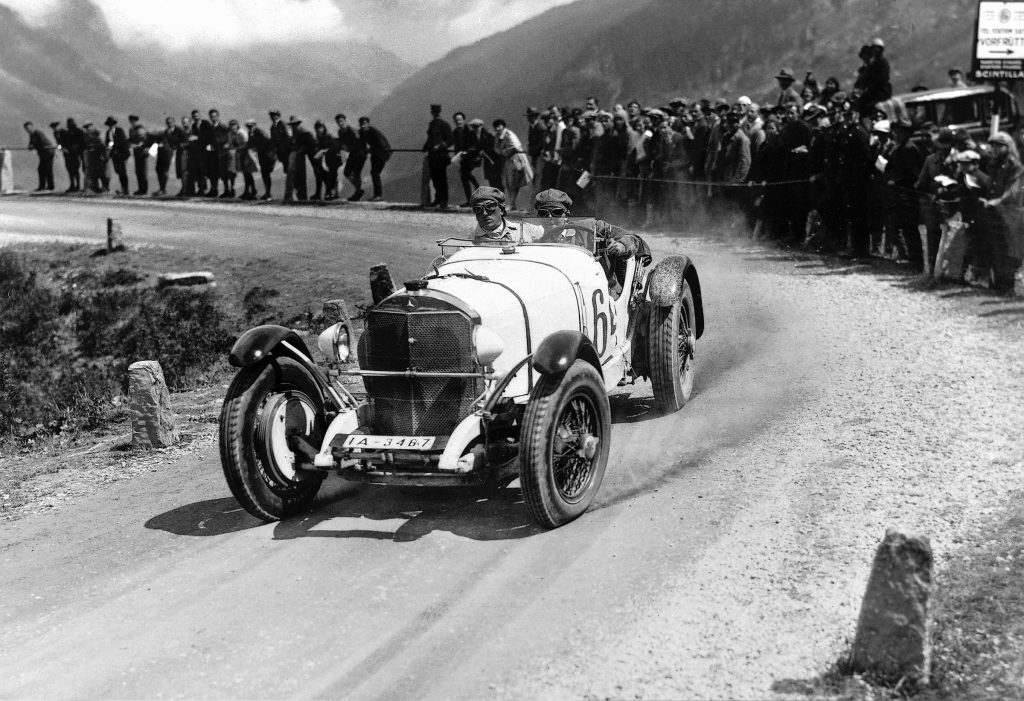
One of the early supercars, the SSK of 1928 was the creation of Ferdinand Porsche while he worked at Mercedes. Using a 7.0-litre straight-six engine with a supercharger added for good measure, the SSK offered as much as 300bhp in racing fettle. Even road cars came with more than 200bhp, which made the SSK a fearsome machine that could easily top 100mph.
The driver of the SSK engaged the supercharger by pressing the throttle pedal all the way to the floorboard. A clutch would engage the supercharger to deliver full power, while backing off the accelerator automatically disengaged the supercharger to give the engine an easier time.
Bentley 4.5 Litre ‘Blower’ (1929)
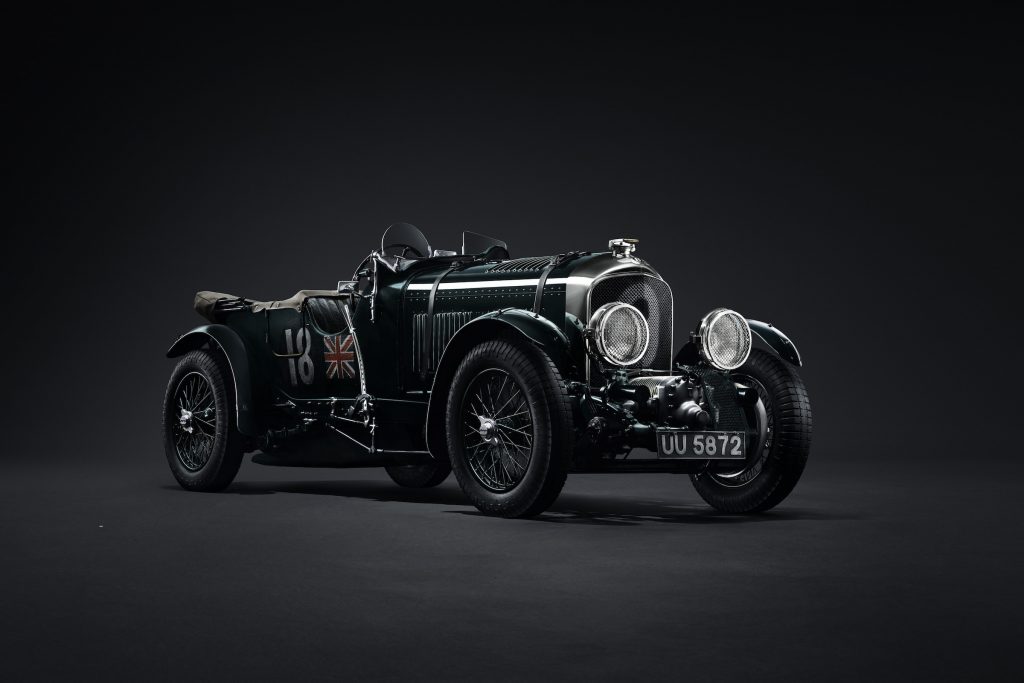
W.O. Bentley expressly disapproved of this car, even if it has gone on to become one of the cars most closely associated with the Bentley name. The company founder preferred a larger capacity to gain more performance, but Sir Tim Birkin thought otherwise and set up his own workshop with funding from wealthy backer Dorothy Paget and technical input from Amherst Villiers. The result was the car we know now as the Bentley Blower.
A Roots-type supercharger increased power of the 4.5-litre engine from 110bhp to 175bhp for cars in road trim, and up to 240bhp for the race cars used at Le Mans. In the end, Bentley allowed a run of 50 Blowers so the car could compete at the French endurance race, though victory at La Sarthe eluded the supercharged machine.
Auburn Speedster (1934)
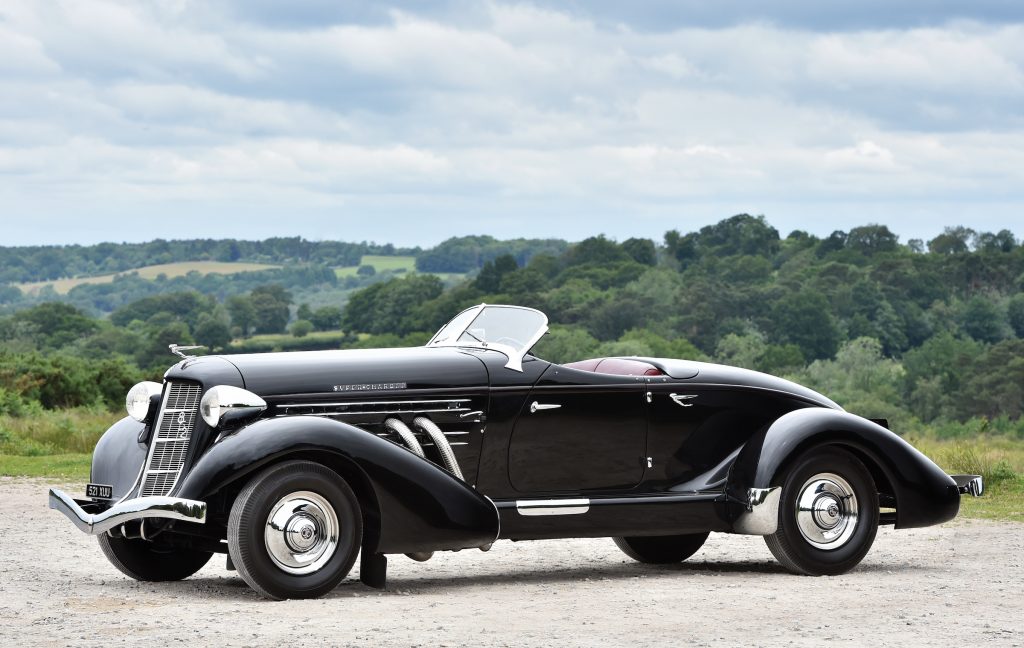
With a name like this, the Auburn would always have to live up to the hype. So it did when the company introduced the 851 model in 1934 with a 4.5-litre straight-eight engine and Schwitzer-Cummins supercharger. The result was 150bhp and enough grunt to see the 1.7-ton Auburn to 100mph. That top speed was guaranteed by the factory, which claimed to have tested every Speedster before it was delivered.
Dealing with the Speedster’s power was a three-speed gearbox and two-speed rear axle, giving the car six forward ratios to choose from. The driver could even select between the different axle ratios on the move.
Lancia Beta Volumex (1983)
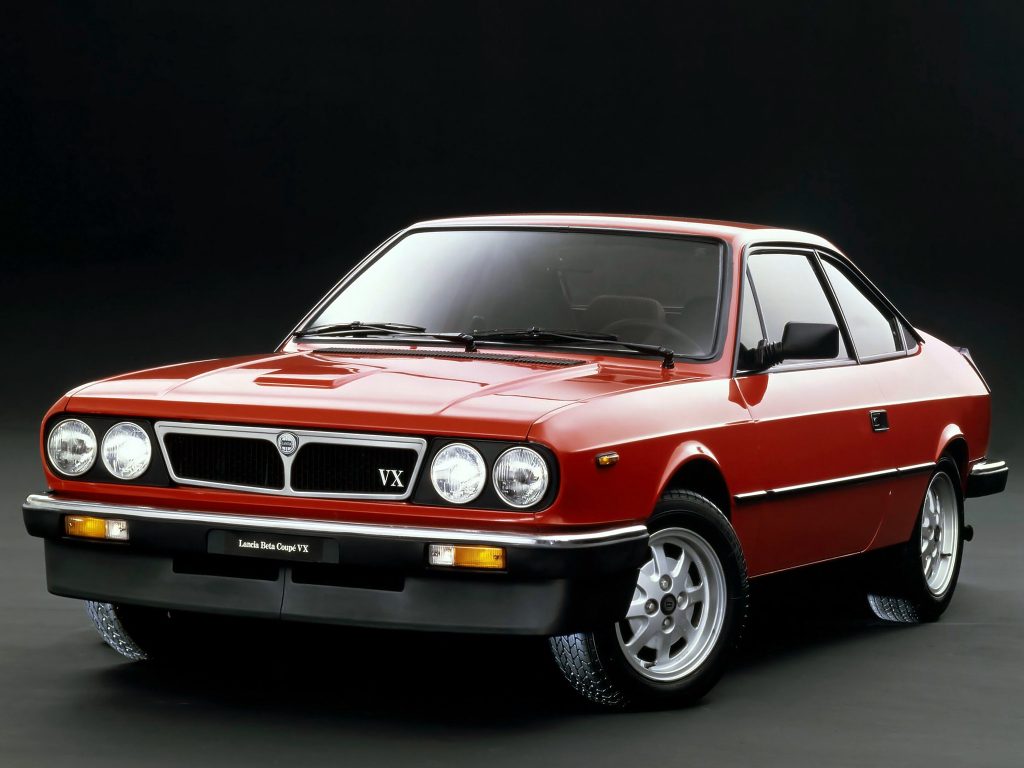
Lancia’s Beta was a handsome coupé or fastback estate, but performance was a little underwhelming until the supercharged Volumex model arrived late in the Beta’s life. Only the 2.0-litre twin-cam engine was supercharged, giving 133bhp and a useful slug of low- and mid-rev urge. Unfortunately, it was not enough to put the Beta among the hot hatches of the period when it came to pace, and the model fizzled out in 1985.
Even so, Lancia stuck with supercharging with its monstrous Group B machines. The low-slung 037 of 1982 used a supercharged 2.1-litre four, while the Delta S4 rally car introduced in 1985 coupled a supercharger and a turbocharger to create a twincharged 1.8-litre engine capable of 483bhp.
Toyota MR2 (1986)
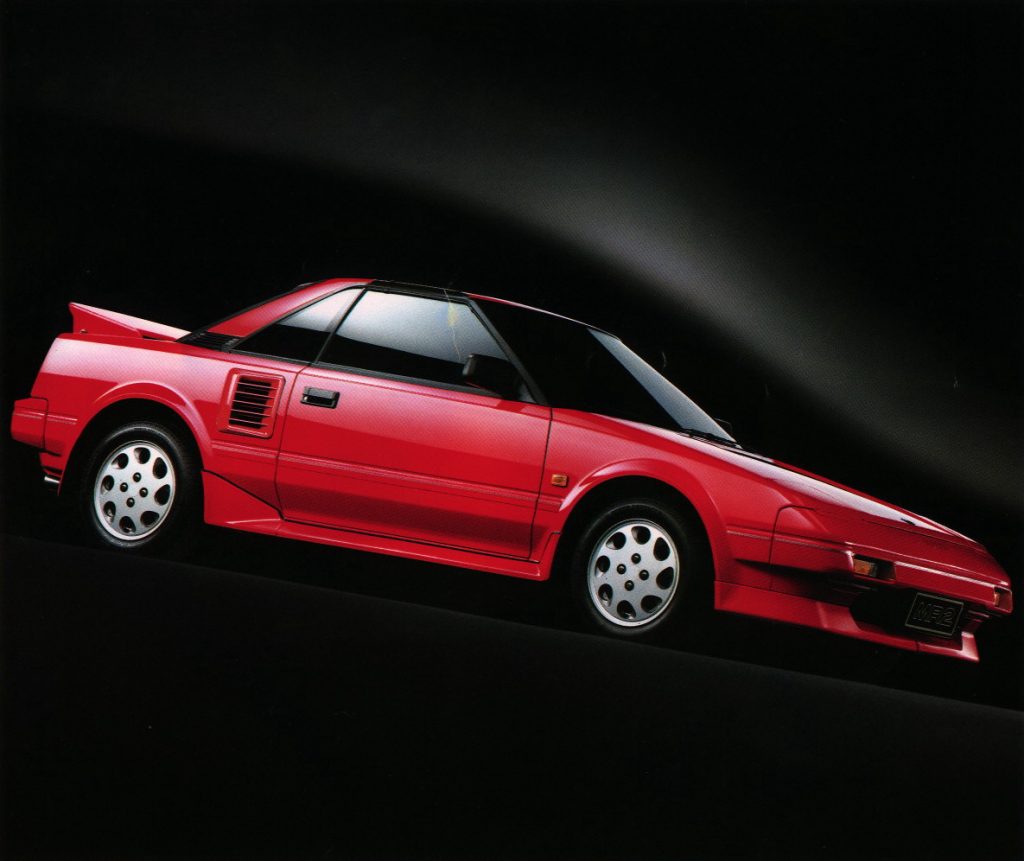
Toyota judged the MR2 to perfection when it launched its mid-engined sports car in 1984. The only criticism levelled at the car was that the handling was so good it could cope with more power than the original 1.6-litre engine could muster. Cue the arrival of the Super Charged model in 1986 with a Roots-type blower that improved power to 145bhp, and dropped the 0-60mph time to 6.5 seconds.
An electromagnetic clutch disengaged the supercharger’s drive belt at lower engine speeds, while a stronger gearbox was used to deal with the extra oomph. The only downside is that it was never officially sold in the UK or Europe, though some made their way here as grey imports.
Volkswagen Golf G60 (1988)
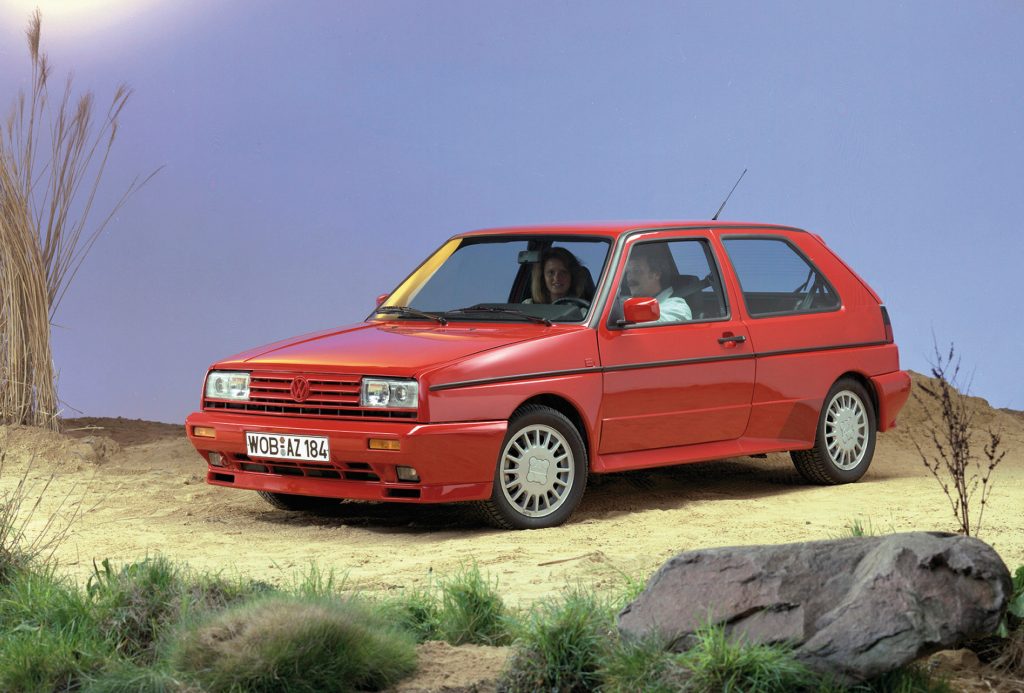
In typically logical Volkswagen fashion, the Golf G60 took its name from the G-Lader supercharger used in the engine that had a 60mm inlet diameter. Coupled to the 1.8-litre engine of the Golf, it delivered 158bhp, a healthy increase on the 136bhp best of the 16v model.
Volkswagen claimed 0-60mph in 7.8 seconds for the Golf G60 and a 134mph top speed. The Rallye version added four-wheel drive, but the extra weight of this blunted performance, so VW built the rare Golf Limited with a 207bhp version of the engine and all-wheel drive that could cover 0-60mph in 6.4 seconds and touch 153mph flat out.
Aston Martin DB7 (1993)
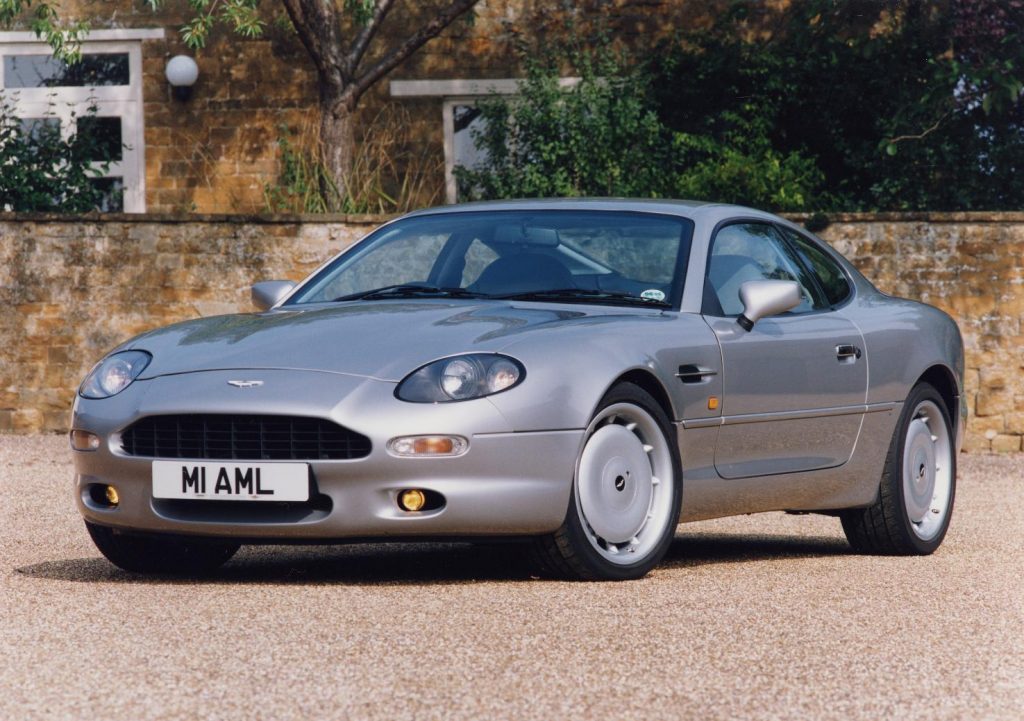
The DB7 may have been introduced as a more affordable Aston Martin to pull the company back from the brink, but that didn’t stop it from using a potent engine. Its 3.2-litre straight-six was based on the Jaguar AJ6 unit and was developed by Cosworth using a supercharger to deliver 335bhp.
Offering 0-60mph in 5.8 seconds and a 157mph top speed, it was enough to mix company with the Porsche 911. However, as soon as Aston launched a V12 version of the DB7, sales of the supercharged model tailed off and the 3.2-litre car is now rarer – just 2484 were built, to the V12’s production tally of 4156.
Aston Martin Vantage V600 (1993)
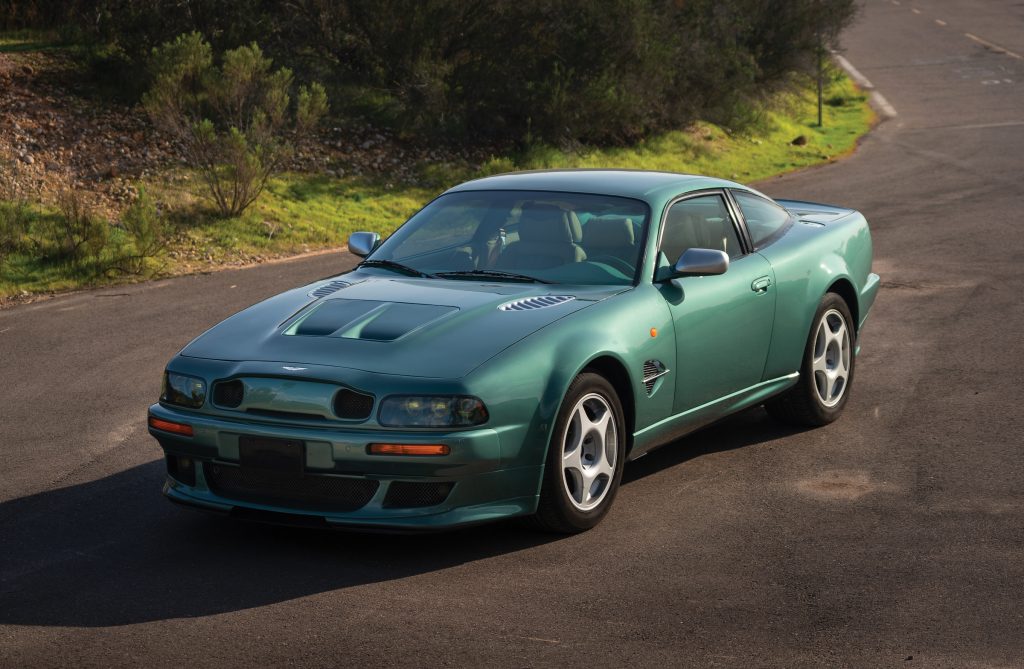
Supercharging was very much in vogue at Aston Martin in the early 1990s, as the V550 and then the V600 in 1998 proved. These were the headline bully-boy supercars of the company’s range and both used twin Eaton superchargers to force 550- and then 600bhp from the venerable 5.3-litre V8 motor. At launch, the V550 was the most powerful road-going model Aston had ever offered, while the V600 finally gave the company a bona fide 200mph supercar.
Customers of the standard Vantage could upgrade at a later date to the V600 pack. Even with a £43,000 price tag on top of the original £185,000 asking price of a V550, 81 customers took up this option when the car was current, and Aston Martin still offers the upgrade through its Works department.
Jaguar XJR (1994)
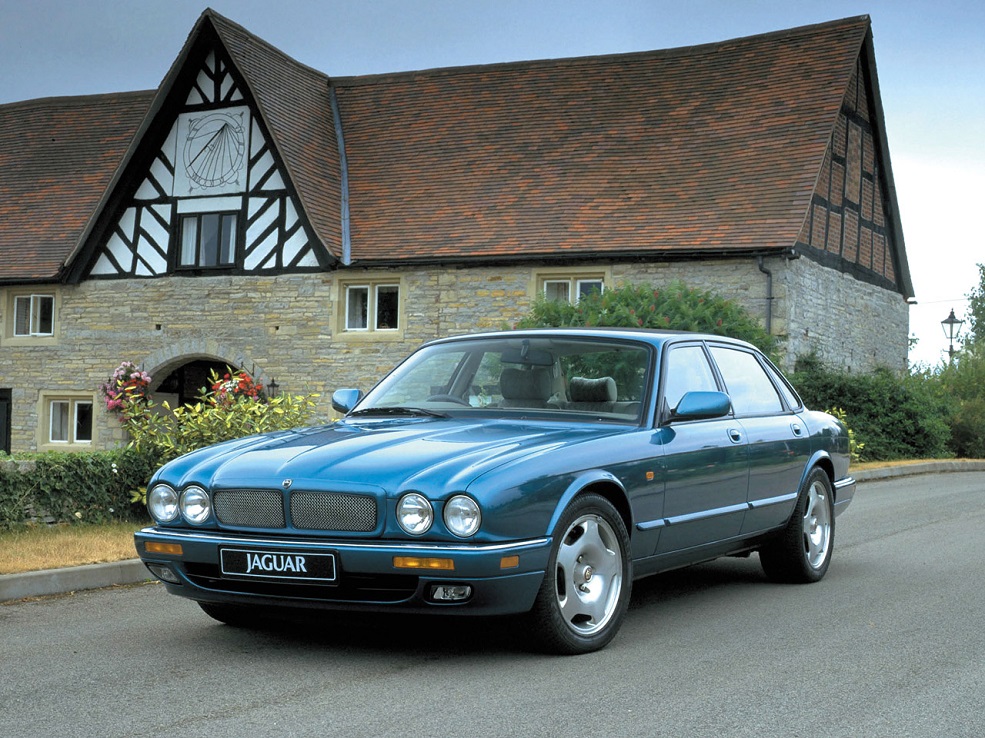
Up until 1994, the super saloon category was the preserve of BMW and Mercedes, with the M5 very much the car to beat. Then along came Jaguar with its XJR, using an Eaton supercharger to squeeze 321bhp from the venerable four-litre inline six. It was enough for 0-60mph in 5.9 seconds and a 155mph top speed, putting the British firm right in the heart of prestige performance motoring.
When the X308 model arrived in 1997 with a range of new V8 engines, Jaguar continued with supercharging and the new XJR came with 370bhp. This added power dropped the 0-60mph sprint to 5.3 seconds, and plenty of buyers were happy to fill in the order form when the Jaguar was some £8000 cheaper than a BMW M5 when new. Jaguar still uses supercharging on several of its V8 models today.
Mazda Xedos 9 Miller (1996)
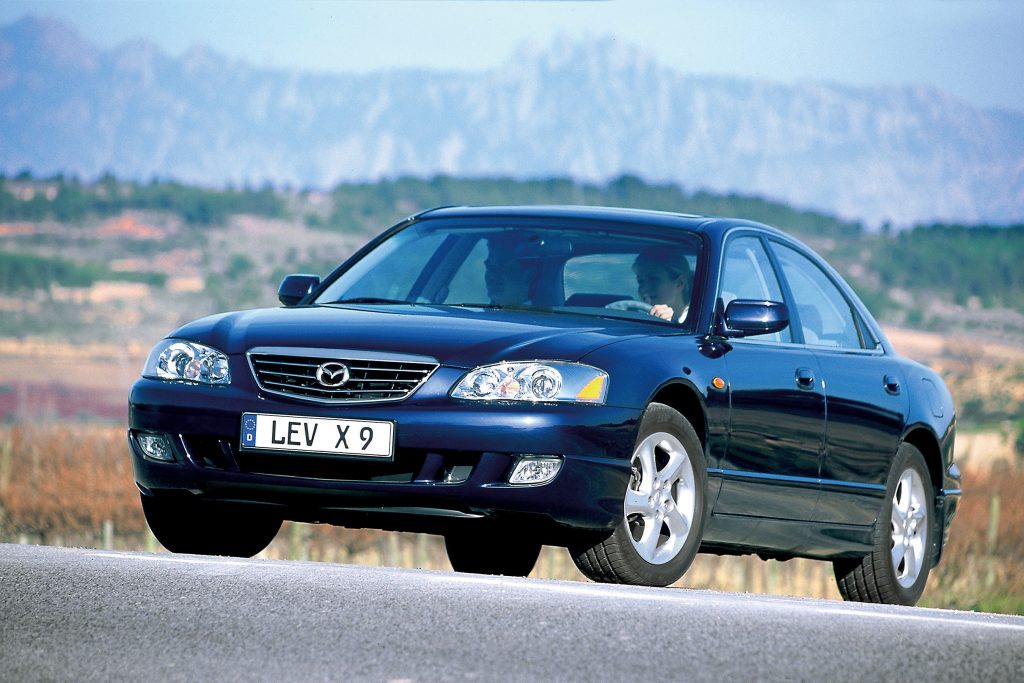
While most of the supercharged models on this page were predominantly designed for performance, Mazda – which historically has defied convention – used supercharging to different effect on its Xedos 9. While the car had originally launched in 1993 with a conventional 2.5-litre V6 engine, in 1996 Mazda introduced an updated model topped by a 2.3-litre V6 ‘Miller cycle’ engine.
A Miller cycle engine is effectively an Atkinson cycle unit (which delays closing of the intake valves to improve the expansion ratio relative to the compression ratio, for improved fuel efficiency) but uses a supercharger to make up for the loss of low-end torque caused when air is forced back out of the intake ports. Mazda promised lower consumption with higher power – 208bhp to the old 2.5’s 168bhp. You could even get a Miller cycle engine (albeit just a 1.2-litre inline three) in the 2010-on Nissan Micra.
Mercedes SLK (1996)
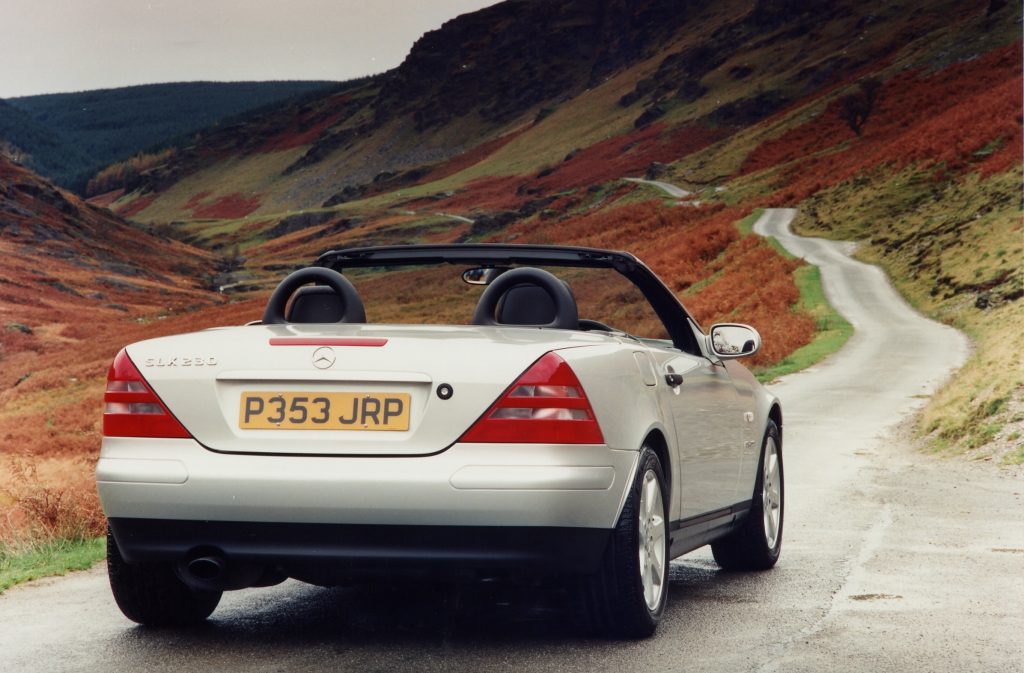
The big talking point of the Mercedes SLK might have been its folding metal roof, but there was another key point that differentiated this roadster from its main rivals: a supercharged engine. While Porsche stuck with a naturally-aspirated motor and Audi chose turbocharging, Mercedes used a supercharged 2.3-litre engine to give 190bhp, later increased to 194bhp in 2000. It was enough for 0-60mph in 7.3 seconds and a 141mph top speed.
When Mercedes added an AMG-tuned model to the SLK line-up, the SLK32 used a supercharged 3.2-litre V6 engine, also found in the W203 C-class based C32 AMG. Power was a brawny 349bhp, offering 0-60mph in 4.9 seconds and an electronically-pegged top end of 155mph.
Mini Cooper S (2002)
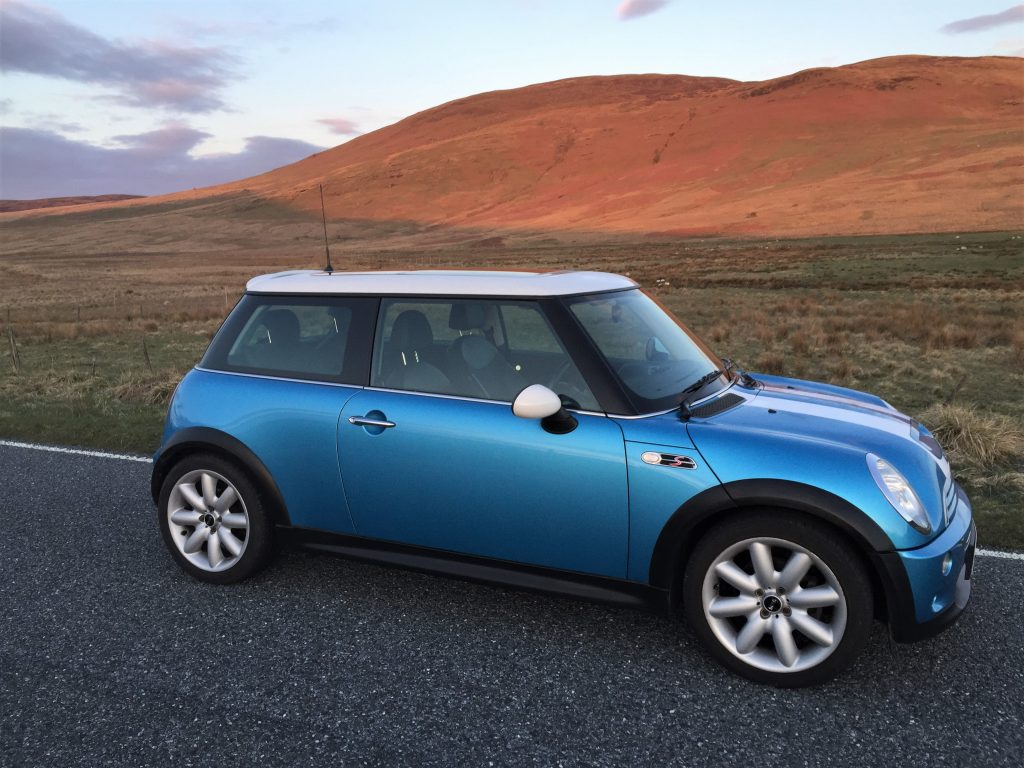
The first-generation of BMW-built Mini Cooper S is probably the easiest and cheapest way to own a supercharged classic right now. Its compact Eaton M45 blower gave the car 163bhp right out of the box in 2002, which grew to 170bhp with the 2005 facelift. However, Mini was quick to offer a John Cooper Works upgrade that lifted the S’s engine to 197bhp, and the GP model came with 215bhp.
As well as giving the Cooper S performance on a par with its 2.0-litre rivals at the time but with a smaller 1.6-litre engine, the supercharger also added a high-pitched note to the engine reminiscent of the original Mini’s A-Series motor.
Read more
Hard charging in Bentley’s new Blower continuation car
11 groovy concept cars from the Swinging Sixties
Freeze Frame: The drawings that showed us the world’s first car










Don’t forget us with imported cars, I have a 2005 mustang with Roush supercharger, it’s an awesome weapon, I never get tired of that whine from the supercharger when I hoof it
Aston Martin DB7 straight six was developed from the Jaguar engine by TWR Engines, not Cosworth
How about 2004 Ford GT 550bhp!
Having owned a Lancia Beta HPE volumex in the past, it was one of my all-time favourite cars and not a hint of rust….after the problems they had, this car was ZBarted everywhere.
After this my next car was a Lancia Delta turbo,Then an Integrale….all great cars.
What about the 1989 car of the year Ford Thunderbird SC
I own a 2015 Jaguar portfolio that is supercharged. I don’t drive it much, but I love the car, and it does have more than enough speed for me